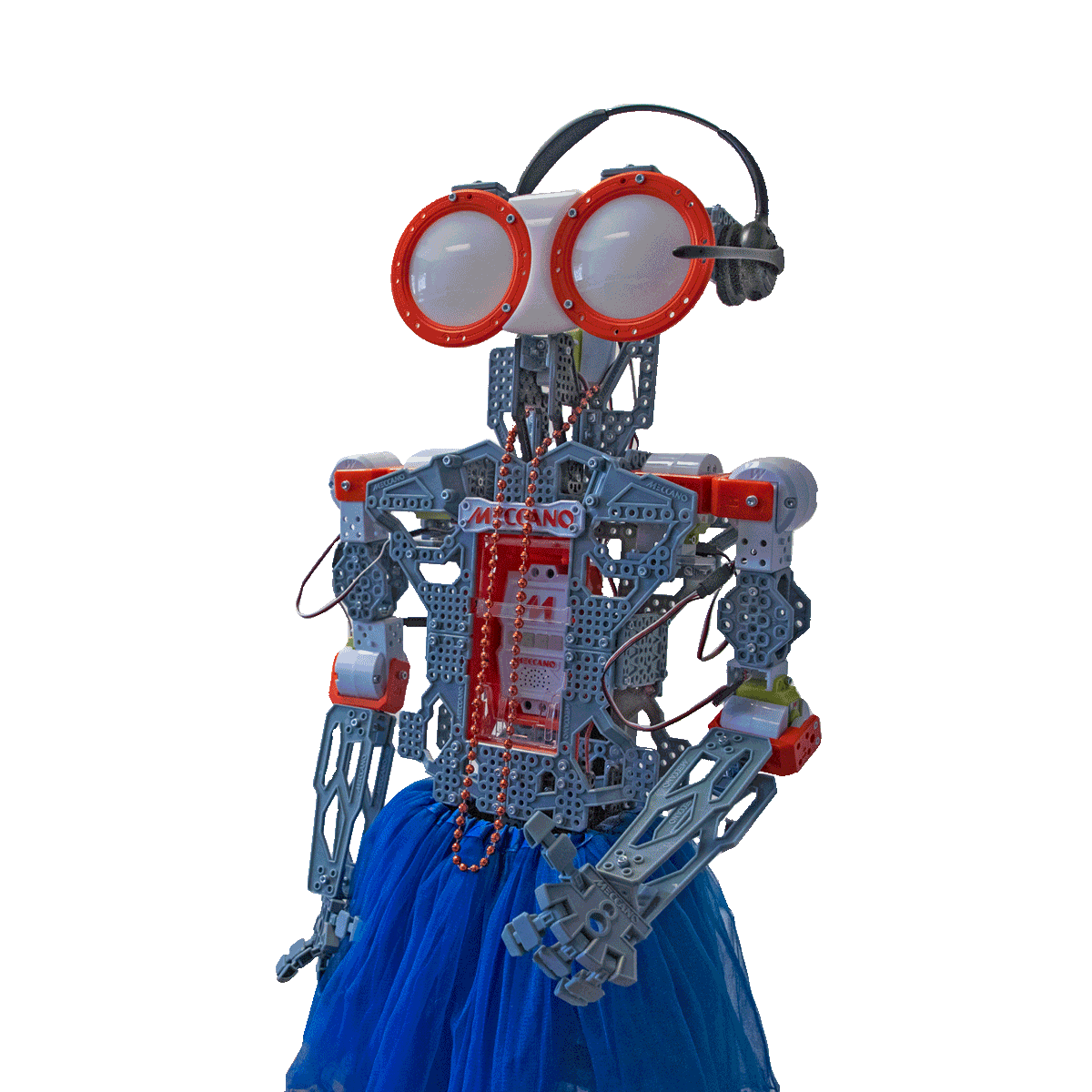Getting Storage Up to Speed.
How updated storage solutions can really pay off
For most of our clients, storage is always an issue. The needs are always growing – they never shrink. Data from transactions, systems that use AI and ERP, virtual systems and desktops – all of these demand storage space. Data keeps piling up, and apps and virtual machines demand more and more computing space.
Fortunately, storage solutions are keeping pace, and they’re more affordable than ever, getting you much more in performance than just a few years ago. The key is finding the products and solutions that work best for your organization and workload.
Today’s Options for Storage
Solid state drives (SSDs) are the backbone of the modern storage infrastructure. Older, traditional hard disk drives (HDDs) rely on a physical spinning disk to write and re-write data. SSDs, also called flash drives, don’t rely on moving parts, which makes them anywhere from 10 to 100 times faster than HDDs. In addition, they require less maintenance and have a smaller physical footprint.
Many companies choose to keep or even purchase more HDD storage. It’s much less expensive, and can work for “cold storage” – data you don’t need to access very often. At the same time, they can upgrade to flash storage as well. Options include:
- All-flash storage – replacing all of your HDDs with SSDs. Many companies find that this is both economical for the long term and easier to maintain than converting a portion of their storage to flash.
- Tiered storage – a combination of flash, HDD and cloud storage. Companies may choose to keep or purchase new HDD storage depending on their needs. For example, HDD is still an acceptable solution for “cold storage” or archival data that doesn’t need to be accessed very often. Cloud storage provides an even deeper archive tier for data that is not likely to be accessed again, and it’s a great replacement for tape at an affordable cost.
- Hyperconverged storage – products like HPE Simplivity combine IT infrastructure and advanced data services into a single device. Hyperconverged storage is integrated into a server and shared via software rather than a dedicated platform. This is a popular option for companies with remote branch offices that have computing needs at the “edge” because it gives administrators a smaller footprint to manage.
All of these solutions can work in various types of computing environments and sizes of companies. In all cases, adding flash storage to your infrastructure will support and speed up your computing needs while handling growing data storage requirements.
In the end, it comes down to analyzing your workload and appropriately sizing what kind of performance you need. Have questions? Read more about our data center solutions or contact us to talk about how your data storage needs.



